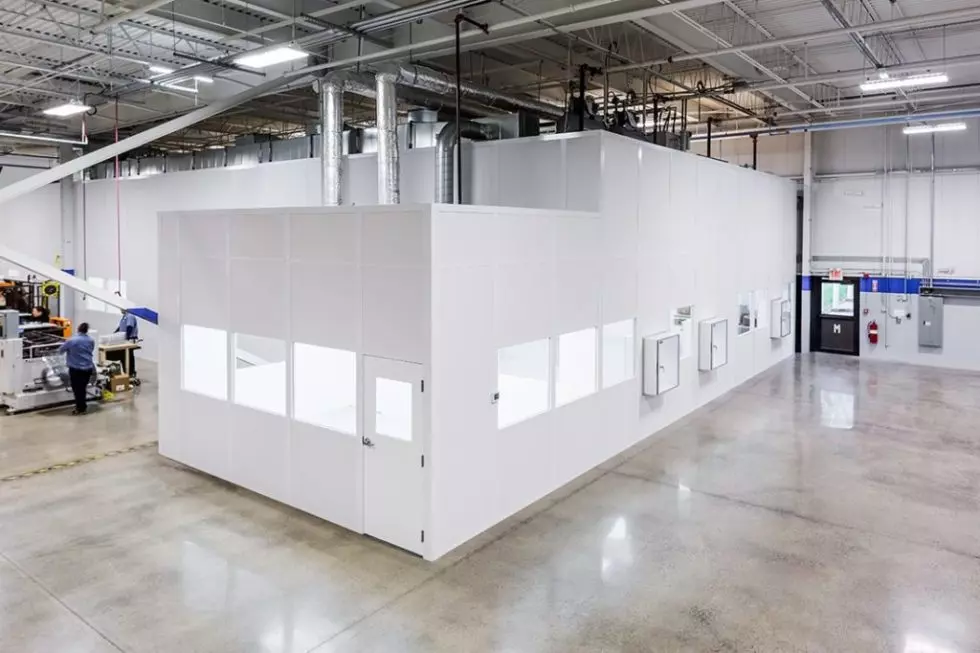


In today’s world, semiconductors are everywhere. In fact, just about every computerized device you come across uses a semiconductor chip to function: your car, your cell phone, and probably even your washing machine.
When maintaining the safety and effectiveness of your semiconductor chip components is a top priority, Starcco has the controlled cleanroom solutions you need. No matter what kind of application you use these computerized devices for, our semiconductor cleanrooms will ensure your components remain in a controlled environment and are not exposed to potential damage.
A semiconductor cleanroom is an enclosed space with controlled environmental conditions that are ideal for the manufacture and handling of various semiconductor chip components. These components include things like silicon wafers, circuit boards, etc.
Semiconductors are incredibly fragile. Made from sensitive materials like pure silicon, even the tiniest speck of dust could damage them and the machines they’re used to power.
Since quality and purity are critical in maintaining the safety and effectiveness of semiconductor chip components, a highly controlled cleanroom is needed. With a cleanroom that meets the applicable standards and regulations, your facility can ensure safe and reliable semiconductor manufacturing practices for years.
When choosing the right semiconductor cleanroom, following quality control standards is crucial. These standards vary depending on your facility’s applications and processes. While most semiconductor cleanrooms need to meet ISO 14644-1:2015 Class 4-6 requirements, the necessary class requirements can vary based on factors like your semiconductor manufacturing or handling application.
Beyond complying with the ISO classification requirements that align with your equipment and operations, you must also meet industry-specific semiconductor cleanroom standards. Keep these specifications in mind and consider your industry’s specialized standards, including:
No matter what your cleanroom semiconductor needs are, Starrco has you covered. We offer a variety of versatile solutions to ensure you have access to high-quality products that meet your production goals and suit the regulations relevant to your industry.
We are also committed to making the entire process as simple and easy as possible for your team. When you work with Starrco, your team can take advantage of:
Create more cleanroom space so your facility is well-equipped to handle heavier loads of semiconductor chip production. No matter which one of our modular semiconductor cleanroom systems you choose, you’ll benefit from several advantages, ranging from precise alignment with industry-specific standards to a quick, convenient installation process.
Contact us today to learn more about our semiconductor classroom systems and receive a free quote.